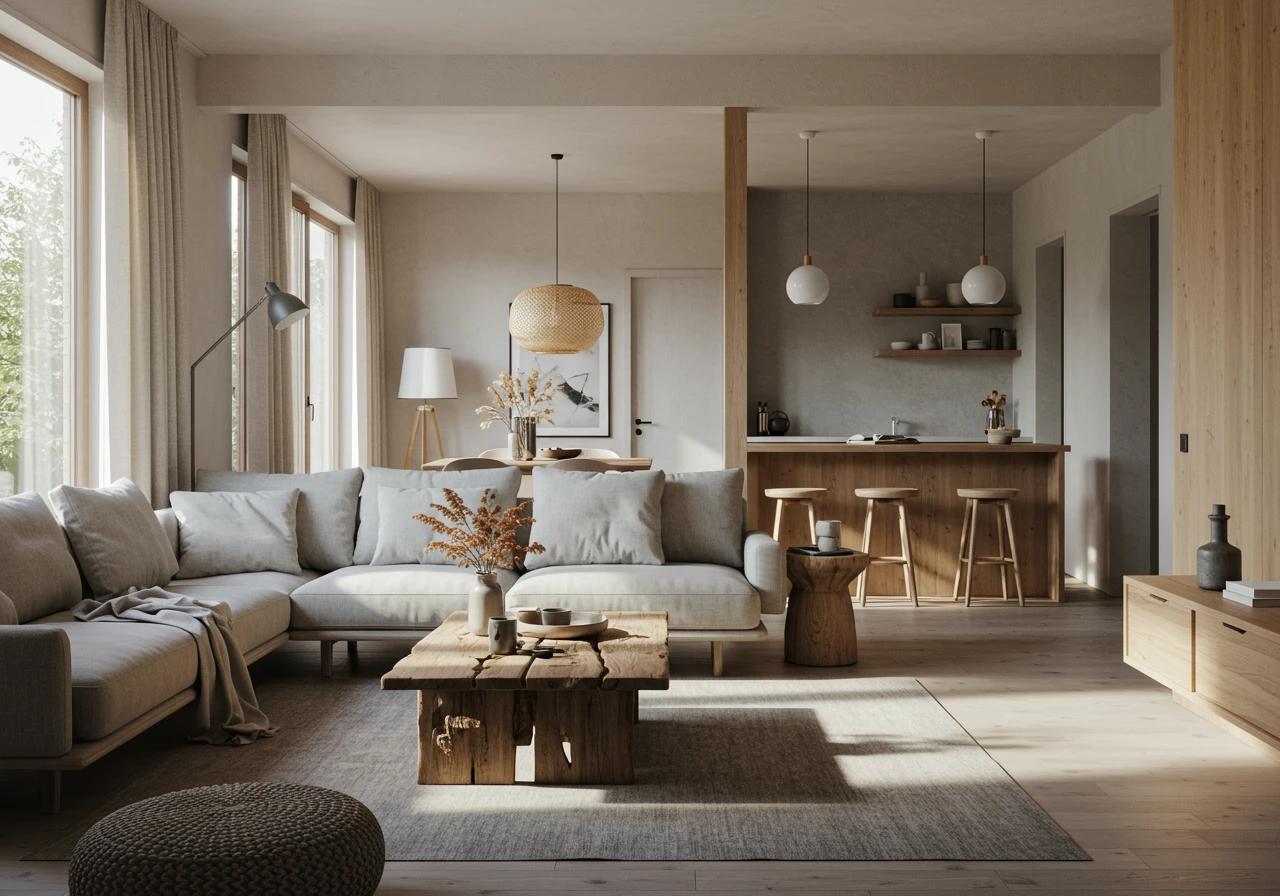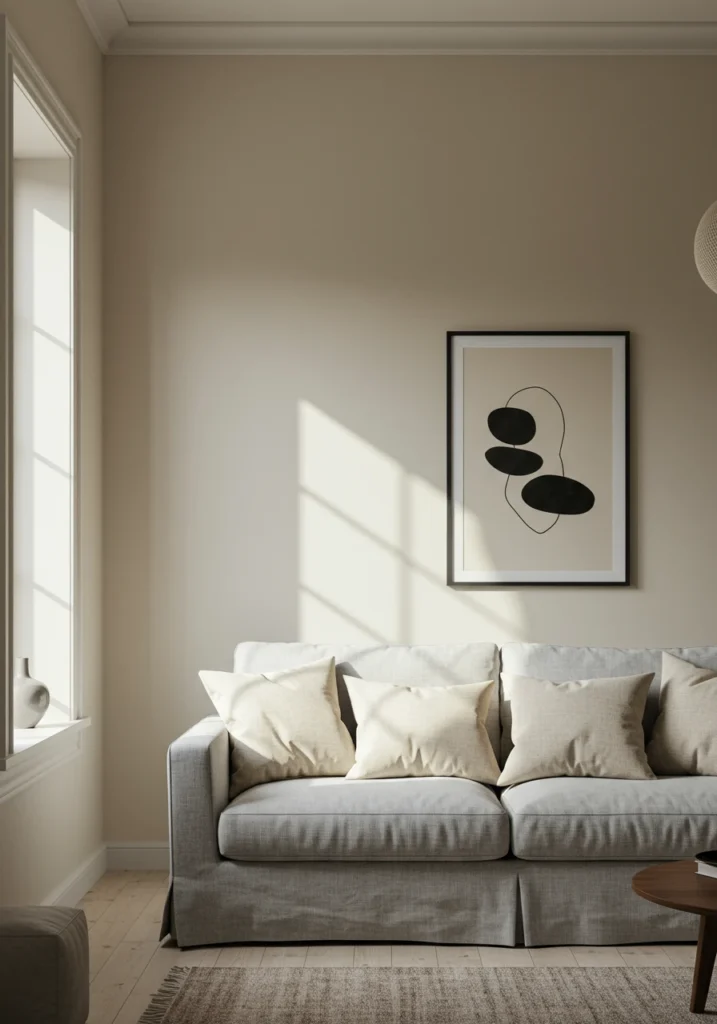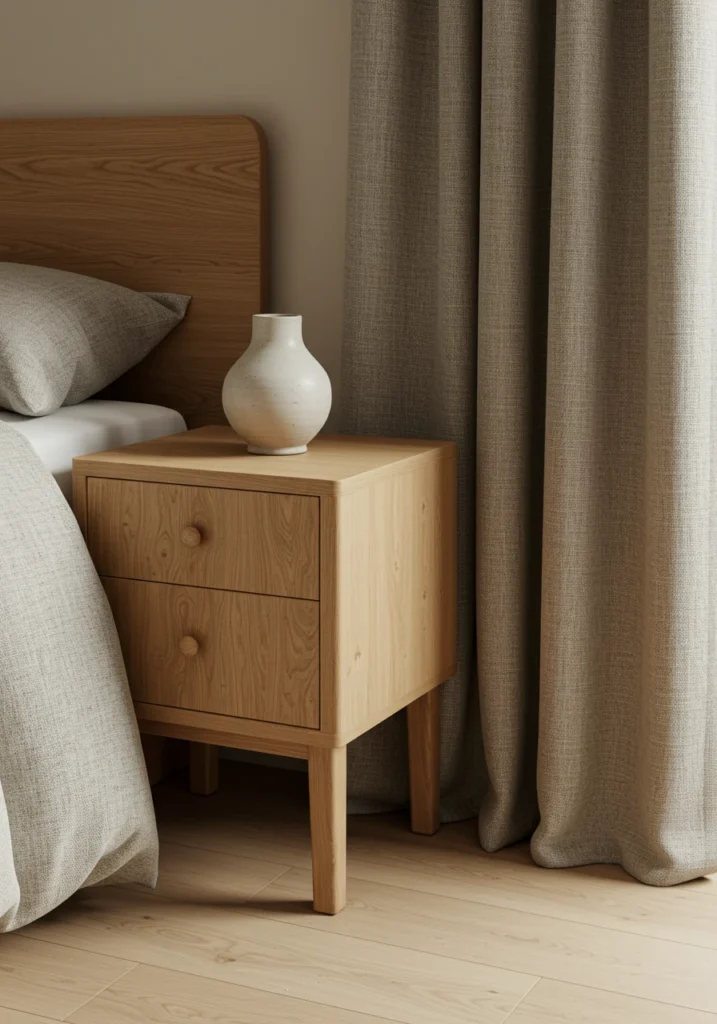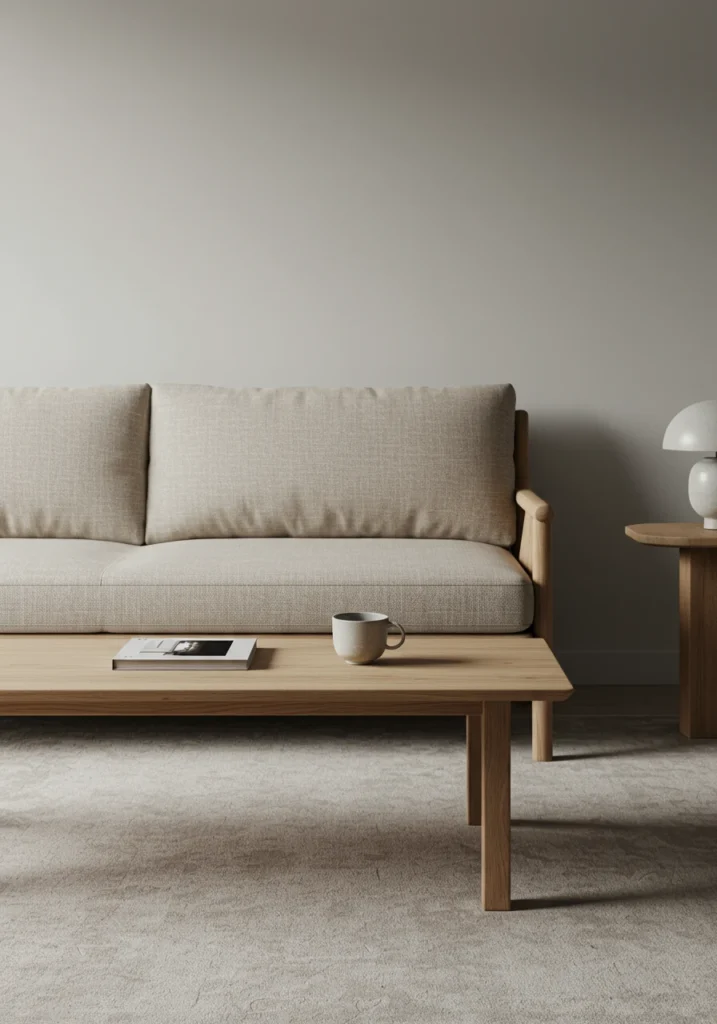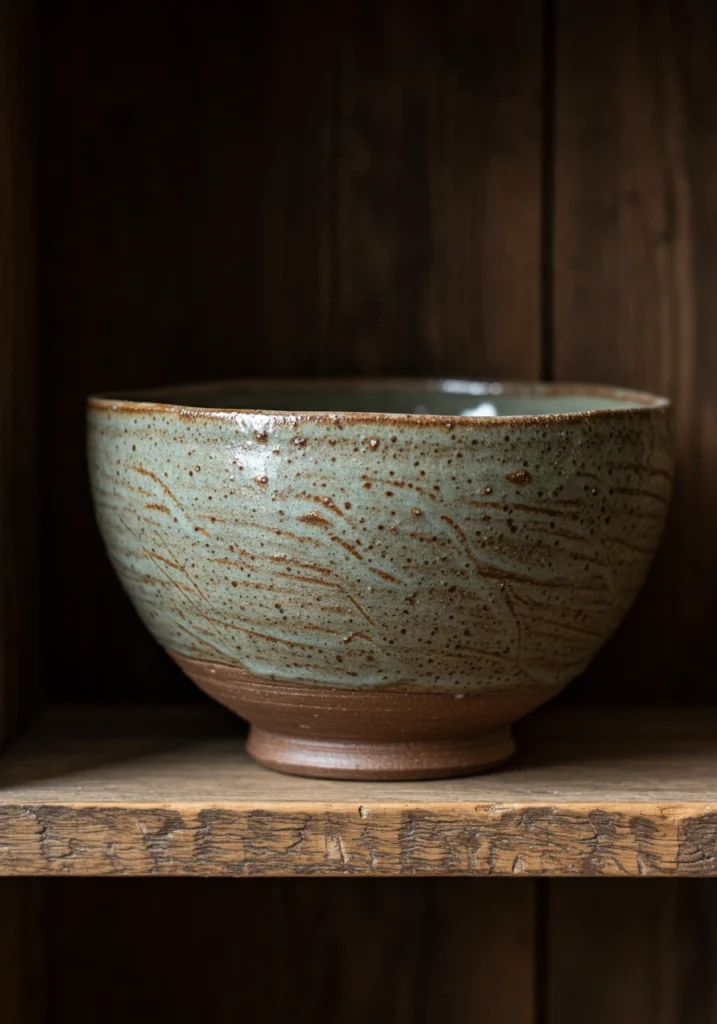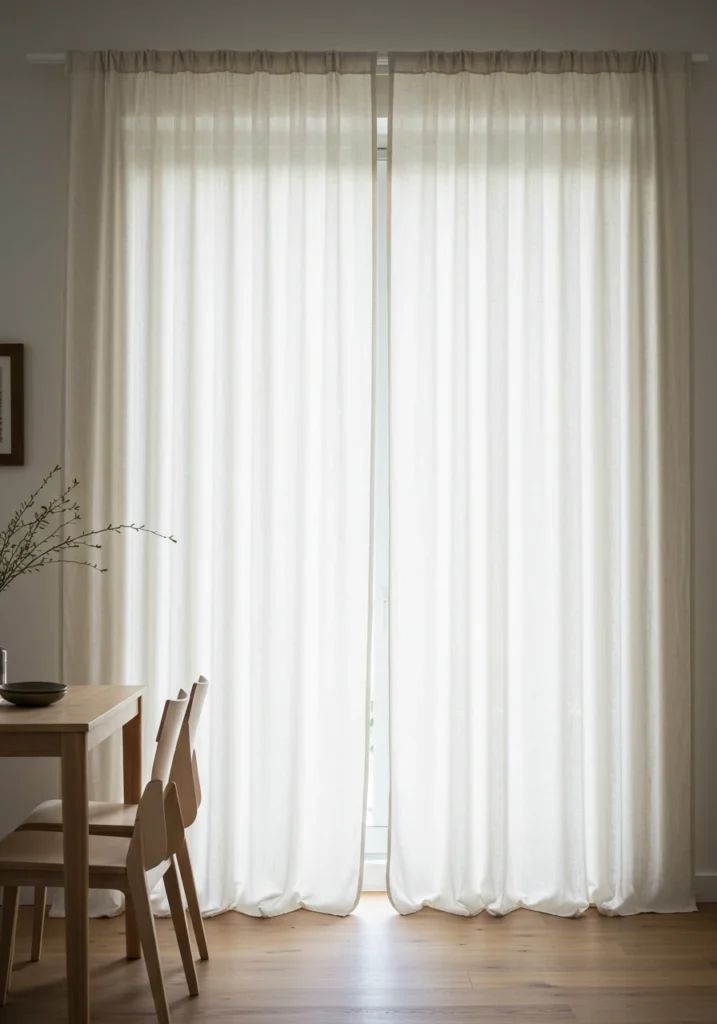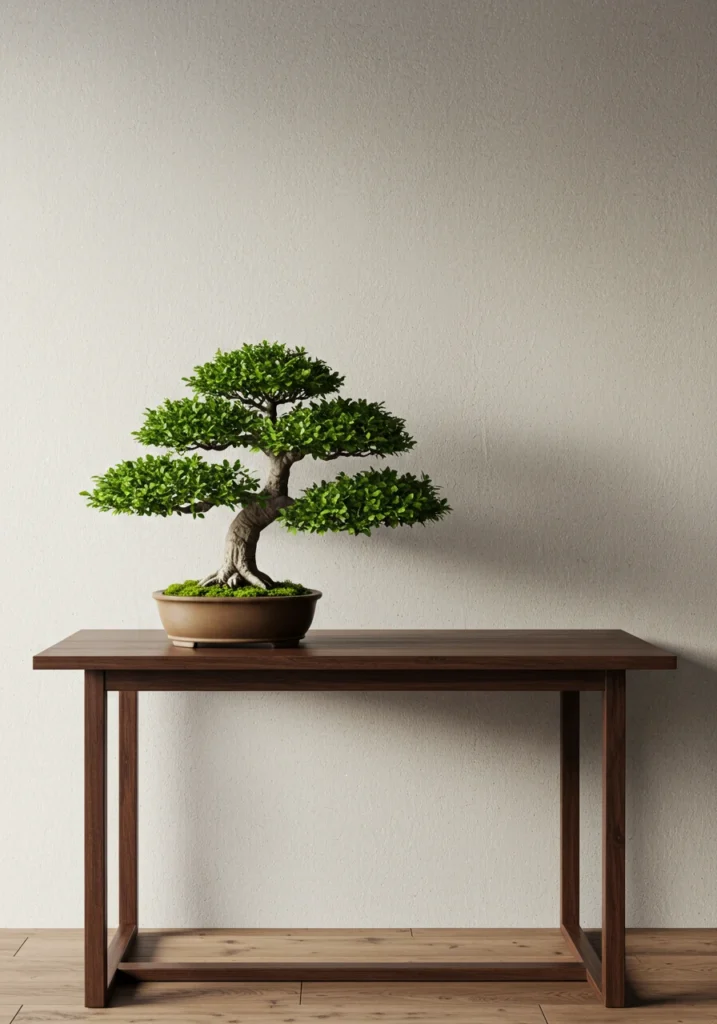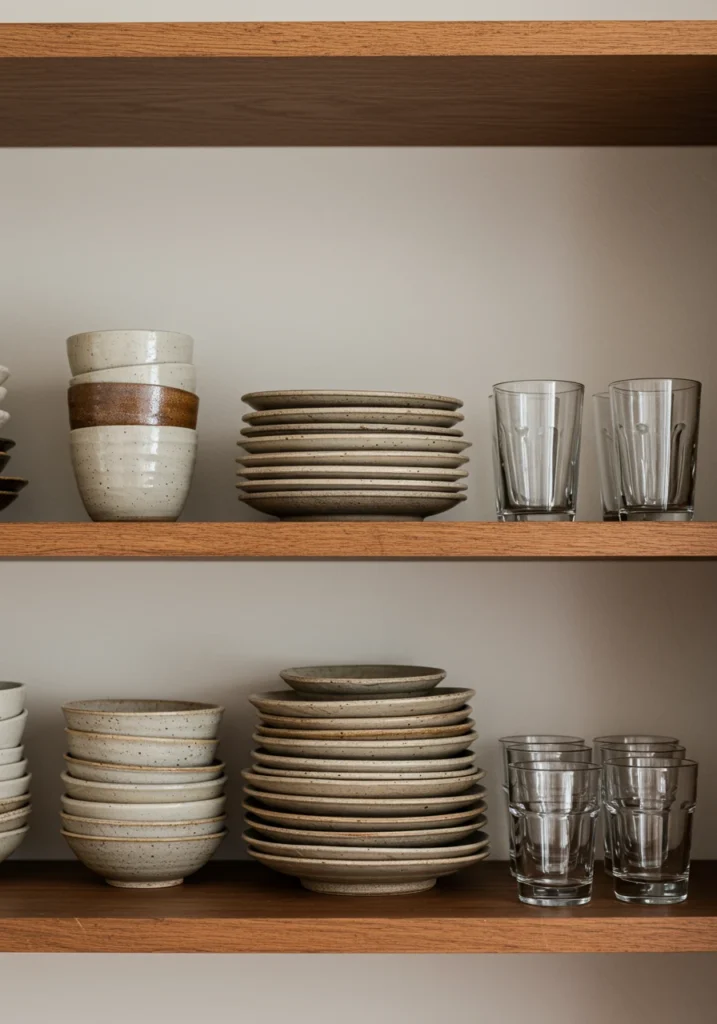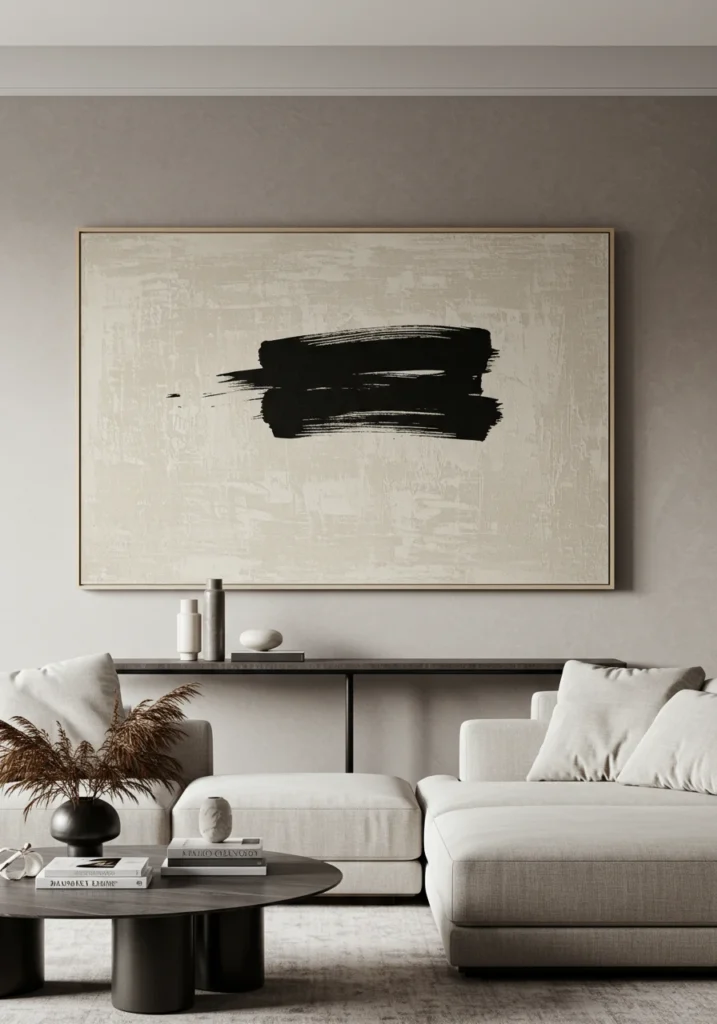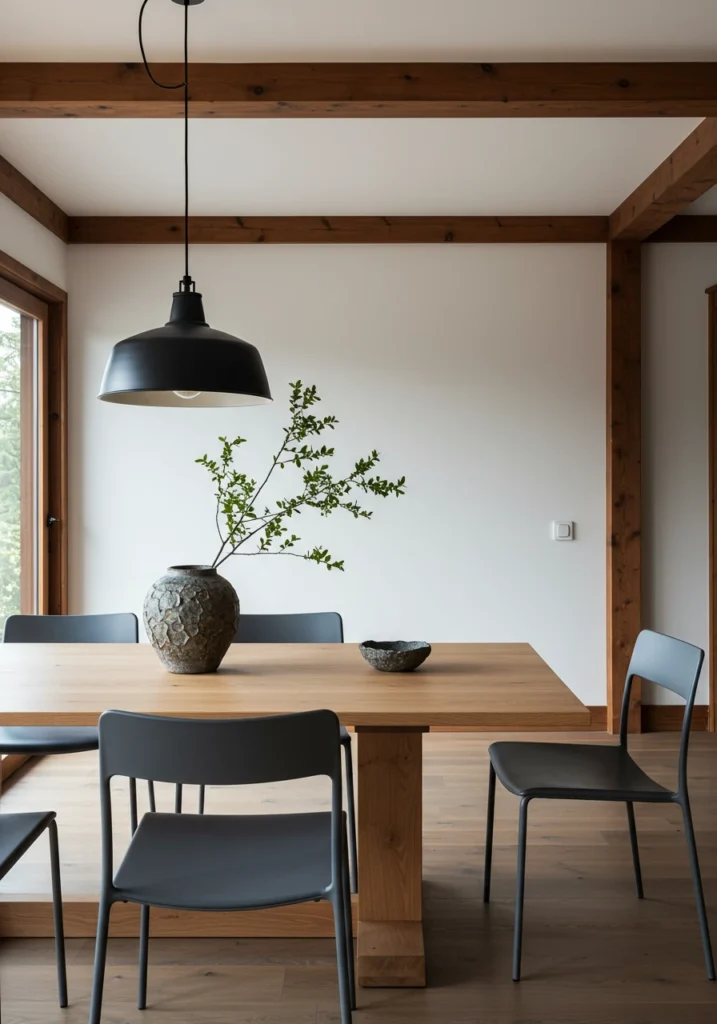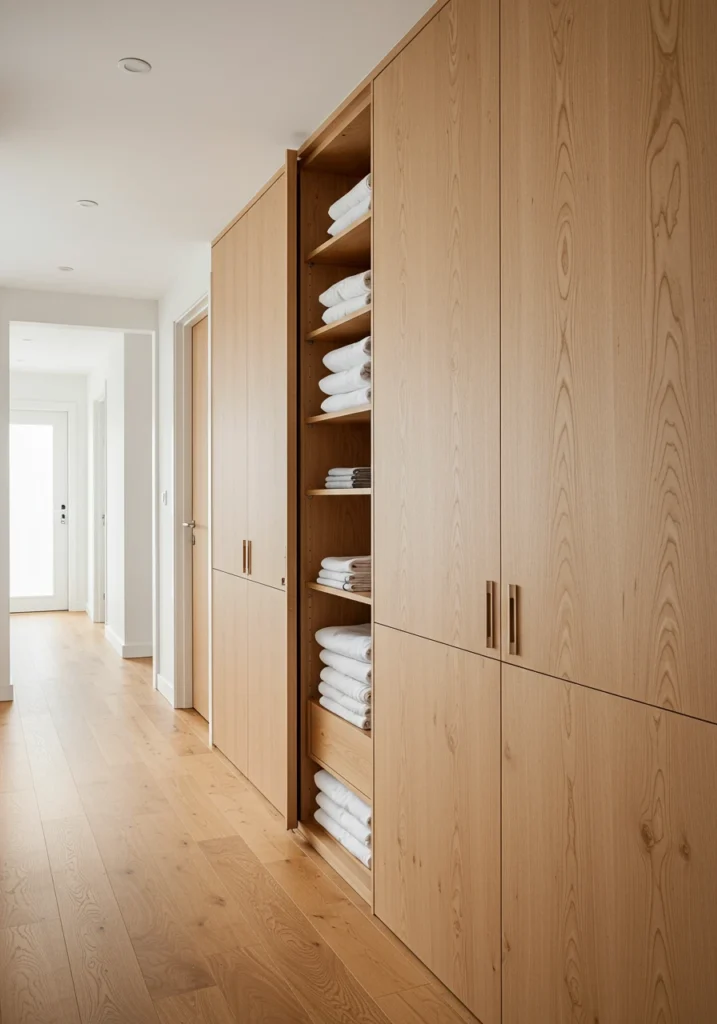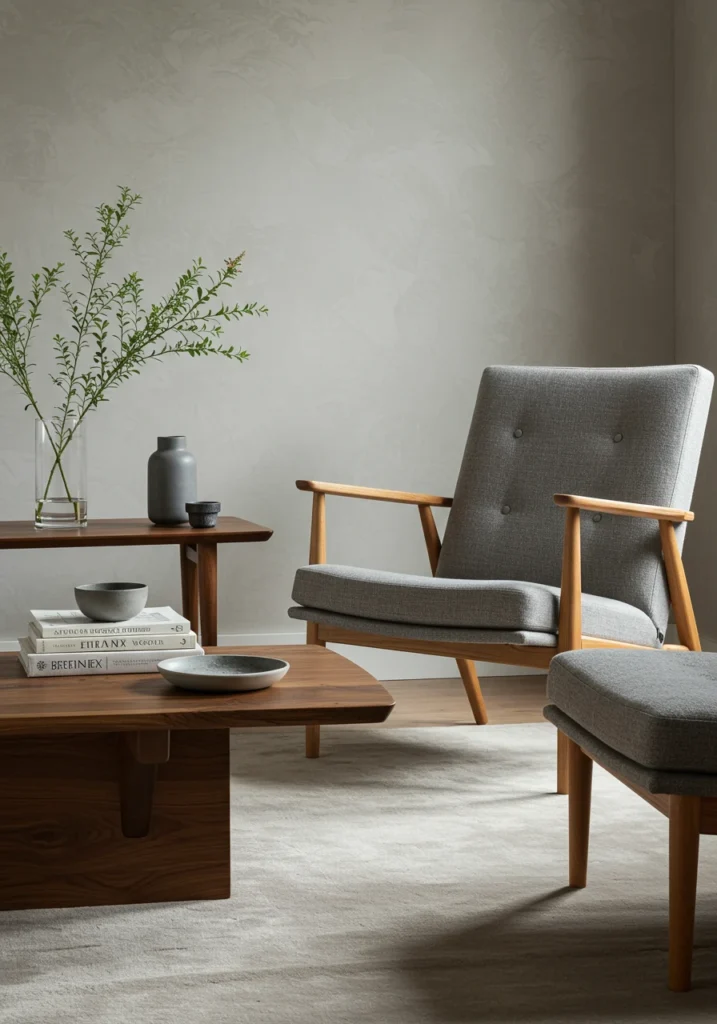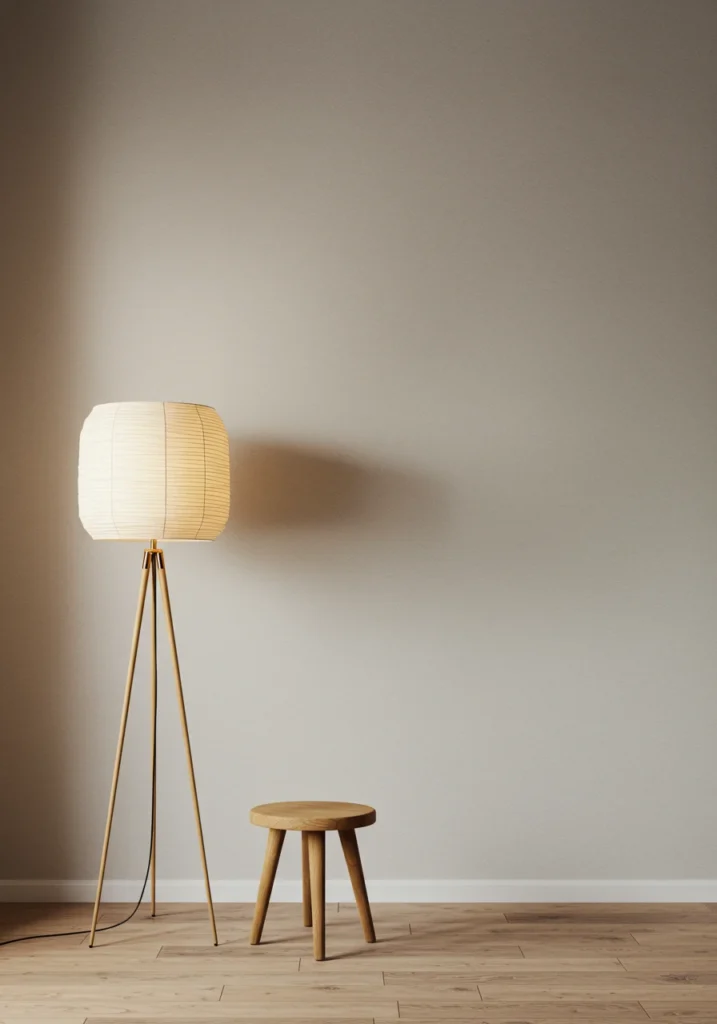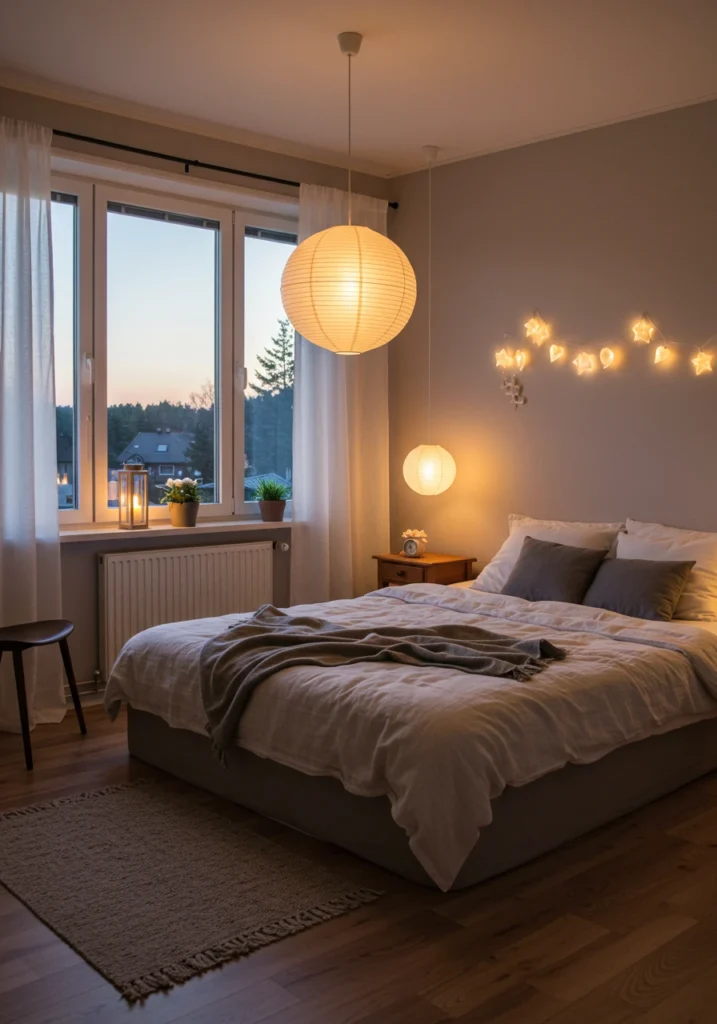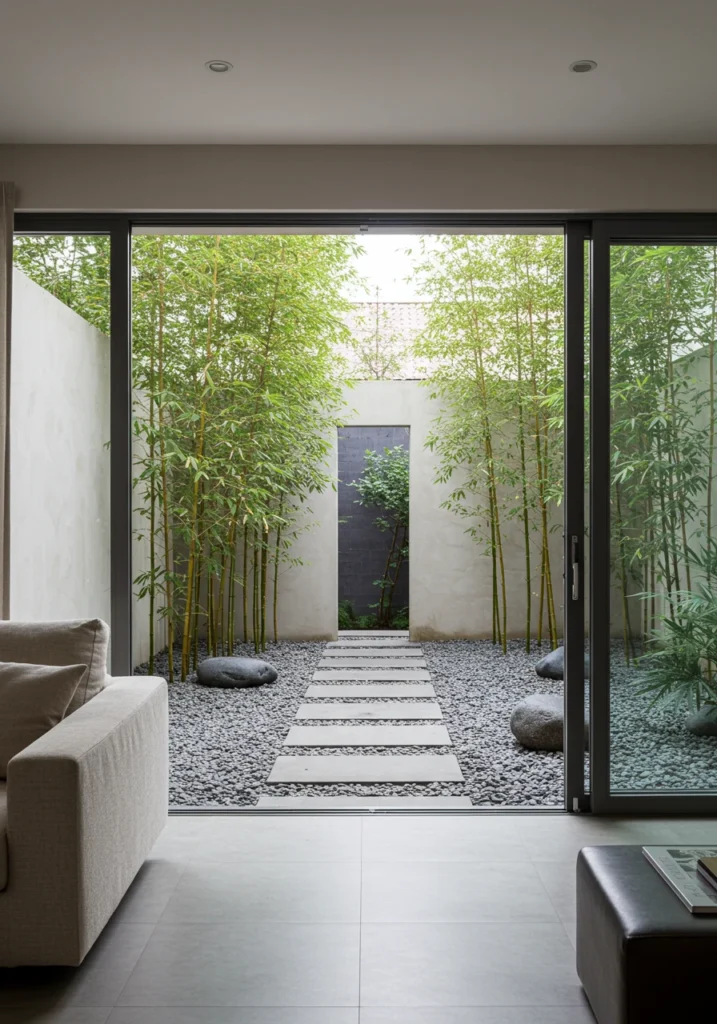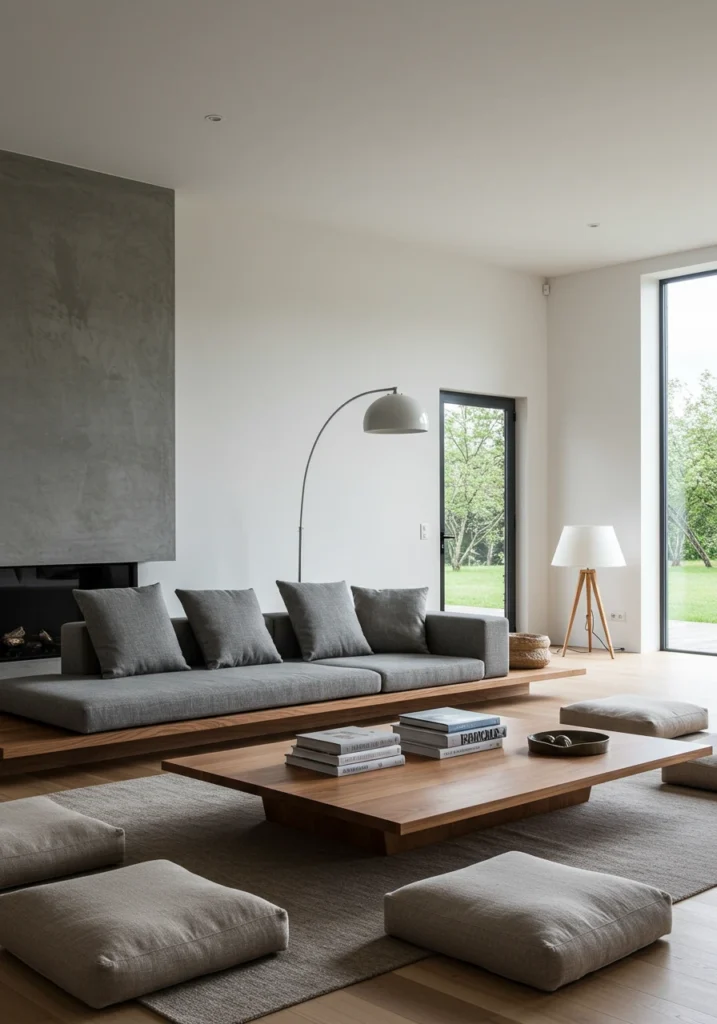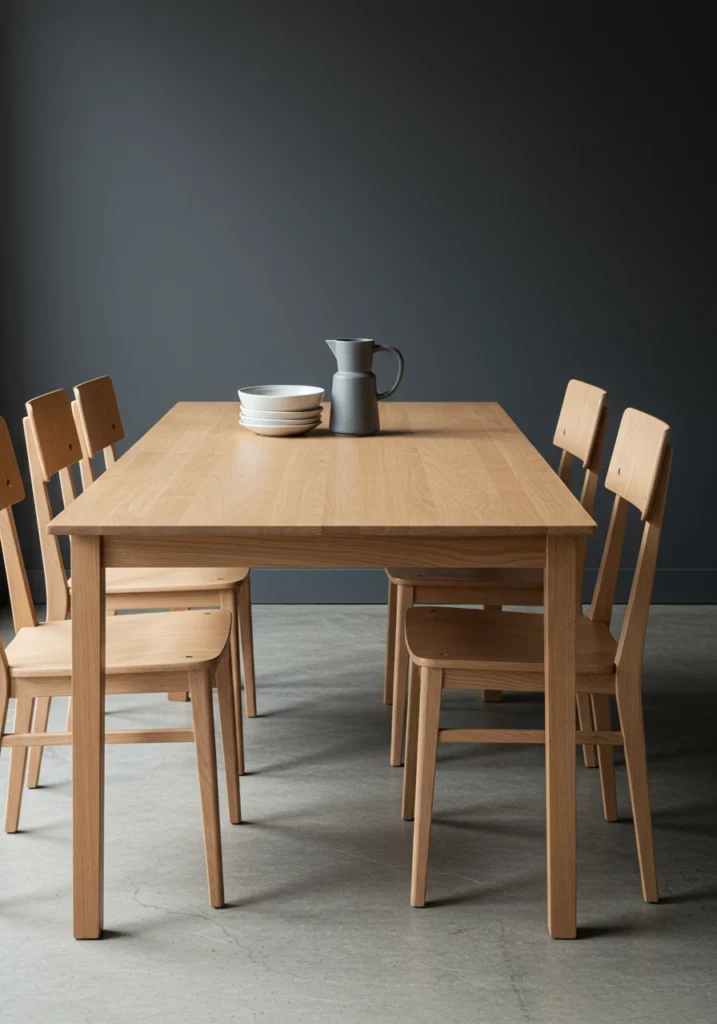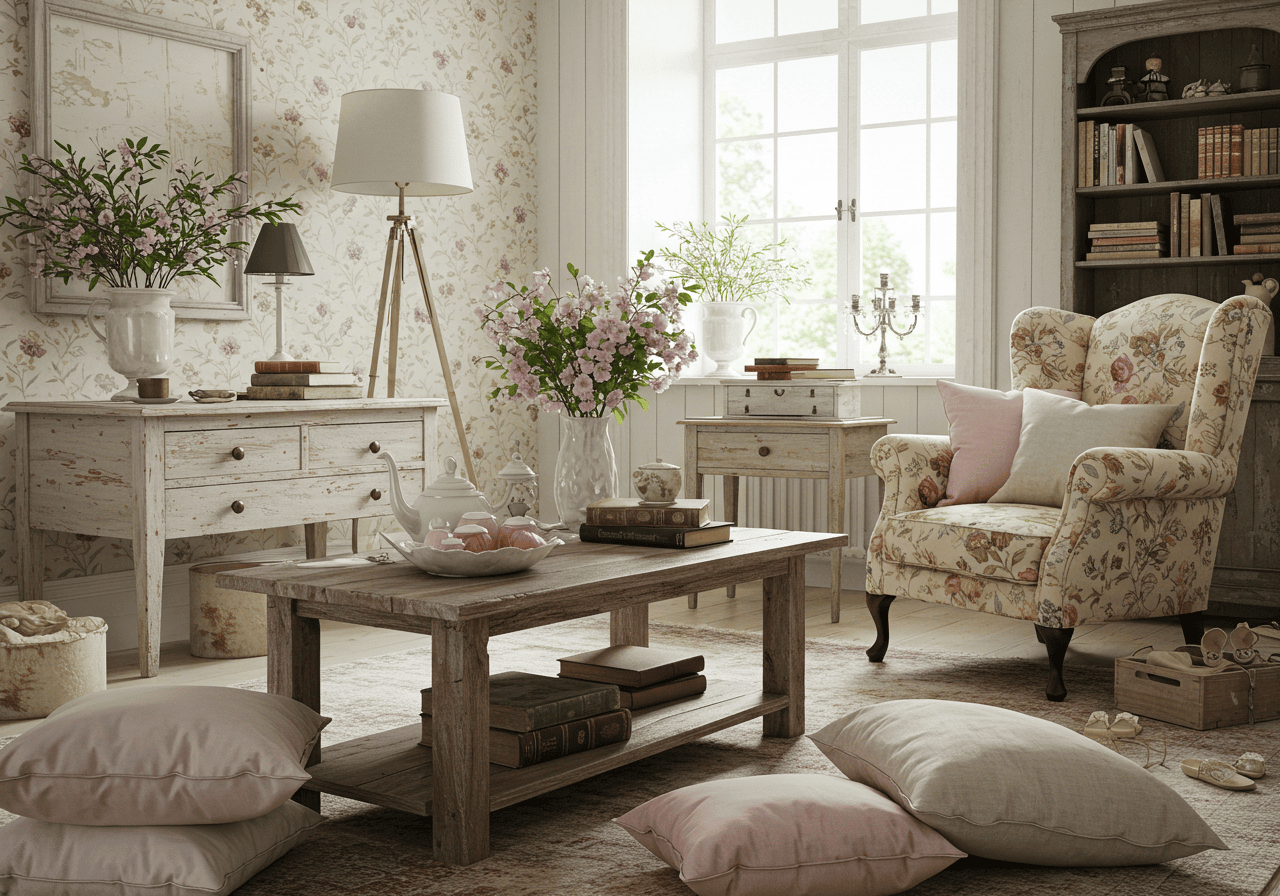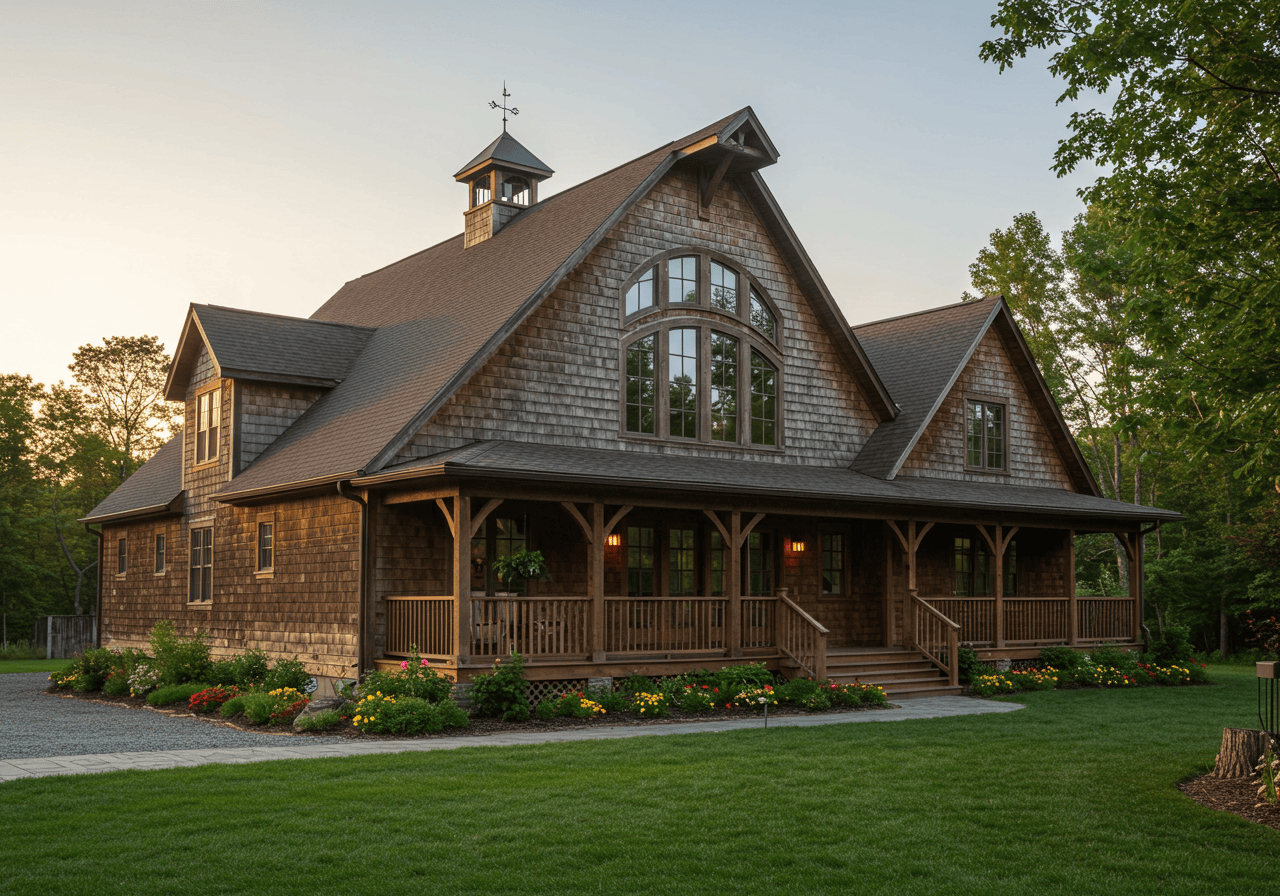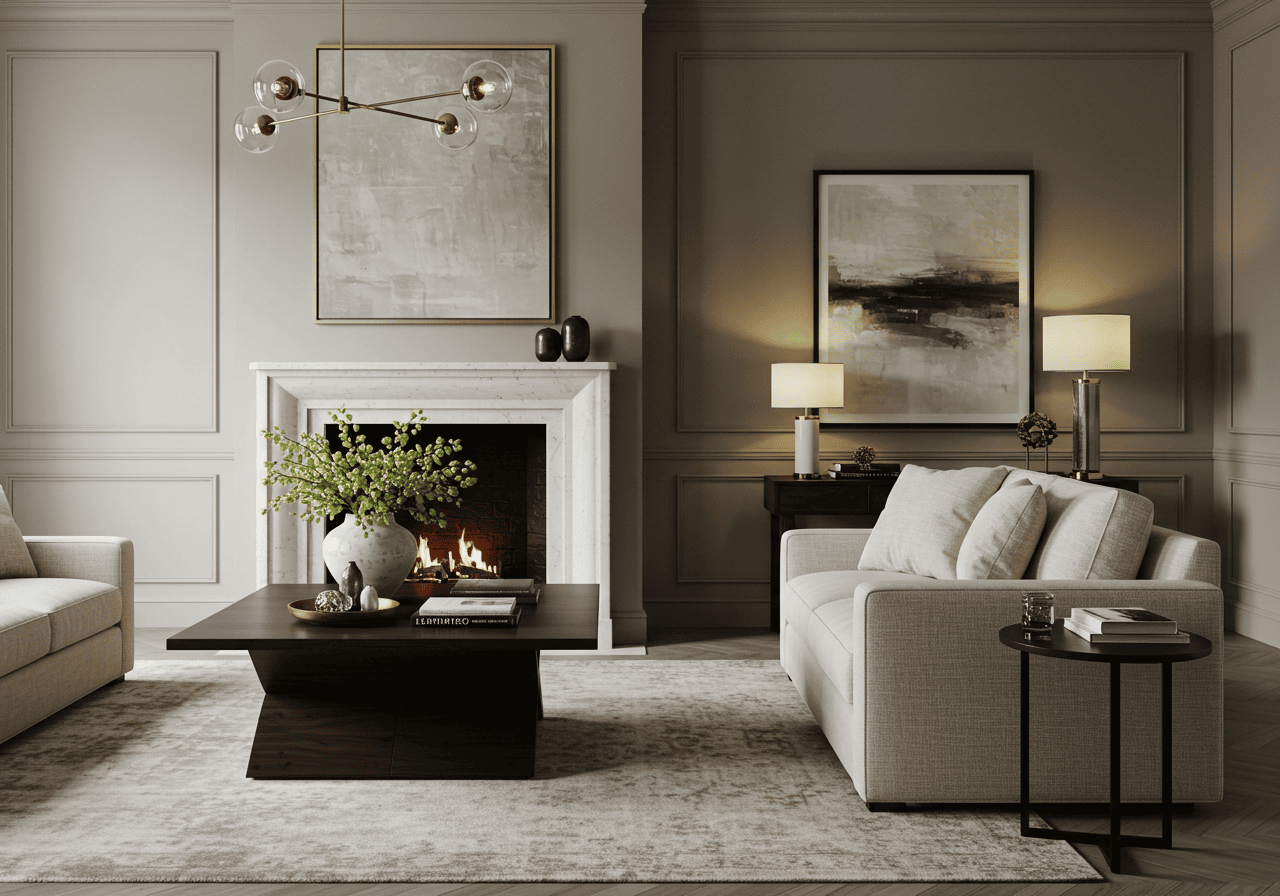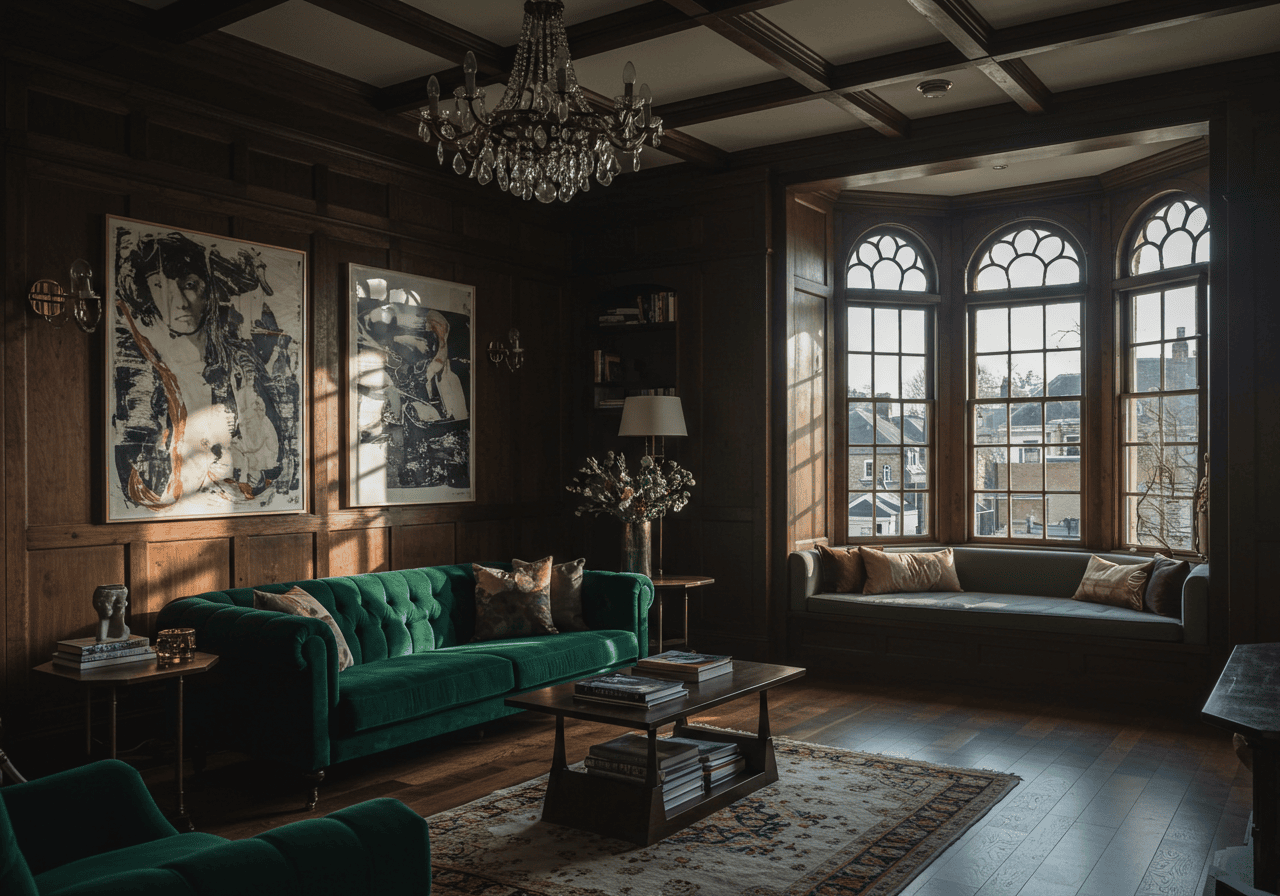Tired of the noise? In a world that often feels loud and chaotic, our homes have become our sanctuaries. And no interior design style captures the essence of a peaceful retreat quite like Japandi.
So, what is this beautifully minimalist style everyone is swooning over?
Japandi is the perfect marriage of two design philosophies from opposite sides of the globe: Japanese minimalism and Scandinavian functionality. It blends the ancient Japanese philosophy of “wabi-sabi”—finding beauty in imperfection—with the Scandinavian practice of “hygge” (pronounced ‘hoo-ga’)—creating an atmosphere of warmth and coziness.
The result? A style that is clean yet warm, minimalist yet inviting, and modern yet timeless. It’s about creating a space that feels intentional, uncluttered, and deeply connected to nature. Ready to transform your home into a zen-like haven? Let’s dive into the essential ideas to master the art of Japandi interior design.
1. Start with a Canvas of Calm Colors
The foundation of any Japandi space is its soothing, neutral color palette. This isn’t about stark, cold whites; it’s about creating a warm, earthy, and organic feel that calms the senses the moment you walk in. Think of the colors you’d find on a peaceful walk in the woods.
- Core Colors: Build your room around shades of oatmeal, cream, stone grey, soft beige, and taupe. These colors create a serene backdrop that allows textures and natural materials to shine.
- Subtle Accents: Introduce muted tones from nature, like sage green, dusty blue, or earthy terracotta for a whisper of color.
- The Power of Contrast: A key element is the addition of a darker, grounding color. Use charcoal grey or matte black in small, deliberate doses—think a single light fixture, a thin picture frame, or the legs of a chair. This adds depth and a touch of Japanese elegance.
2. Celebrate Natural and Sustainable Materials
Japandi design is rooted in a deep respect for nature and craftsmanship. Moving away from the synthetic and mass-produced, this style champions materials that are honest, sustainable, and beautiful in their raw state. The goal is to create a tactile experience that connects you to the natural world.
- Warm Woods: Light-toned woods are a Scandinavian staple. Incorporate pieces made of oak, ash, maple, or beech. Think dining tables, chair frames, and flooring.
- Japanese Elements: Integrate materials common in Japanese design, such as bamboo, rattan, and paper. A paper floor lamp or a rattan cabinet can be a stunning focal point.
- Soft Furnishings: Choose textiles made from natural fibers like linen, cotton, wool, and hemp. Their inherent textures add warmth and comfort without overwhelming the space.
3. Choose Low-Profile, High-Quality Furniture
In Japandi design, furniture is never just filler. Each piece is chosen for its function, form, and craftsmanship. The aesthetic borrows the low-to-the-ground silhouettes from Japanese tradition and combines them with the clean, modern lines of Scandinavian furniture.
- Clean Lines: Look for furniture with simple, uncluttered forms and minimal ornamentation. The beauty is in the material and the construction, not elaborate details. This is a far cry from the ornate carvings you might find in Contemporary Victorian interiors.
- Function First: Every item should serve a clear purpose. Avoid purely decorative pieces that add clutter. A beautiful wooden bench in an entryway, for example, is both a sculptural element and a practical place to sit.
- Invest in Quality: Japandi is about longevity. Choose well-made pieces crafted from solid wood and natural materials that will stand the test of time, rather than trendy, disposable items.
4. Find Beauty in Imperfection (Wabi-Sabi)
This is the soulful heart of Japandi design. Wabi-sabi is the Japanese art of appreciating beauty in the imperfect, impermanent, and incomplete. It’s what saves Japandi from feeling sterile and gives it a deeply human touch. It’s the opposite of the polished perfection sought in styles like Art Deco interior design.
- Handmade Decor: Actively seek out items that show the hand of the maker. This could be a slightly irregular ceramic vase, a hand-woven rug, or a wooden bowl with a unique grain pattern.
- Embrace the Asymmetry: Not everything needs to be perfectly centered or matched. An asymmetrical gallery wall or a single, off-center pendant light can create a more dynamic and organic feel.
- Let Things Age Gracefully: Don’t be afraid of a wooden table that gains a few scratches over time or a linen throw that softens with every wash. These signs of use and age tell a story and add character to your home.
5. Incorporate Coziness with ‘Hygge’ Comforts
While Japanese minimalism focuses on simplicity, the Scandinavian influence of hygge ensures the space is warm, cozy, and utterly livable. This is what makes Japandi so inviting. It’s about creating a feeling of contentment and well-being through your surroundings, a stark contrast to the “more is more” philosophy of maximalism home decor.
- Layer Soft Textiles: Add warmth with plush, high-quality throws and cushions. Layer different textures—a chunky wool knit blanket on a smooth linen sofa, for example—to create tactile interest.
- Soft Lighting is Key: Avoid harsh overhead lighting. Instead, opt for a layered lighting scheme with floor lamps, table lamps, and candles to create a warm, inviting glow. A classic paper lantern is a perfect Japandi choice.
- Area Rugs: A large, soft area rug in a natural fiber like wool or jute can instantly anchor a room and add a significant layer of comfort underfoot.
6. Maximize Natural Light at Every Turn
Both Japanese and Scandinavian homes are designed to make the most of natural daylight, whether it’s to combat long Nordic winters or to create a connection with the outdoors in Japan. Light is treated as a precious, essential element that makes a space feel alive, open, and serene.
- Keep Window Dressings Minimal: Ditch heavy, ornate curtains. Opt for sheer linen or cotton panels, simple roller blinds, or bamboo shades that filter light beautifully without blocking it. In some spaces, you can even leave windows bare. This is a departure from the layered, heavy drapery often seen in Shabby Chic design.
- Unclutter Window Sills: Let the light pour in by keeping window sills clear of clutter. A single, small plant or a beautiful ceramic object is all you need.
- Strategic Mirrors: A large, simply framed mirror can do wonders to bounce light around a room, making it feel brighter and more expansive. Place it opposite a window for maximum effect.
7. Bring Nature In with Biophilic Design
Biophilic design is the practice of connecting people with nature within their built environments, and it’s absolutely fundamental to Japandi. This goes beyond just adding a few plants; it’s about thoughtfully integrating natural elements to create a calming, restorative atmosphere.
- Choose Plants with Sculptural Forms: Instead of a chaotic jungle of plants, select a few with strong, elegant forms. Think a graceful fiddle-leaf fig, a delicate bonsai tree, a snake plant with its sharp vertical lines, or a wispy bamboo plant.
- Incorporate Natural Elements: Bring in other pieces of nature, too. A vase with a single, dramatic branch of dried pampas grass or cherry blossom can be a stunning focal point. A small collection of smooth river stones on a tray adds a touch of zen.
- Natural Scents: Engage all the senses by incorporating subtle, natural scents from essential oil diffusers with fragrances like sandalwood, cedar, or hinoki wood.
8. Declutter with Intention and Purpose
A core tenet of Japandi living is minimalism, but it’s not about sterile emptiness. It’s about intentionality. This means surrounding yourself only with things that are useful, beautiful, or hold deep personal meaning. The famous KonMari method of asking if an item “sparks joy” fits perfectly here.
- One In, One Out: To maintain a clutter-free space, adopt a simple rule: every time you bring a new item into your home, let go of something else.
- Everything Needs a Home: Ensure every object has a designated place. This makes tidying up effortless and keeps surfaces clear. If it doesn’t have a home, question if you truly need it.
- Focus on Open Space: Unlike the charmingly cluttered feel of rustic farmhouse decor, Japandi celebrates “negative space”—the empty areas that allow the mind and eyes to rest.
9. Embrace Simplicity with a Single Statement Piece
In a minimalist space, one carefully chosen, high-impact item can speak volumes. Instead of filling a wall with many small things, Japandi design often favors a single piece of art, a sculptural light fixture, or a unique piece of furniture to serve as a quiet focal point. It’s the antithesis of the “more is more” approach seen in eclectic home decor.
- Art as a Focal Point: Choose one large, abstract painting with simple lines and a muted color palette. A piece of ink-wash (sumi-e) art or a simple line drawing can also be incredibly powerful.
- Sculptural Lighting: An iconic paper lantern light fixture (like an Akari lamp by Isamu Noguchi) or a minimalist pendant light with a unique shape can double as a source of light and a piece of art.
- Unique Furniture: A beautifully crafted accent chair with an interesting silhouette or a live-edge wooden bench can anchor an entire room with its quiet presence.
10. Master the Art of High Contrast
One of the defining features of the Japandi style is its sophisticated use of contrast. It’s not just about color; it’s a dynamic interplay between light and dark, smooth and textured, straight and organic. This creates visual interest and depth without adding clutter.
- Light and Dark: This is the most obvious form of contrast. Pair light oak floors with a dark charcoal sofa, or place black-framed chairs around a pale wood dining table. This bold pairing is a lesson in balance, much like a well-executed black and white aesthetic.
- Smooth and Rough: Combine sleek, finished surfaces with raw, tactile ones. Imagine a smooth plaster wall behind a rough-hewn wooden bench, or a polished concrete floor softened by a nubby wool rug.
- Clean Lines and Organic Shapes: Juxtapose the straight, clean lines of a modern sofa with the soft, irregular shape of a handmade ceramic vase or a plant with arching leaves.
11. Opt for Sleek, Concealed Storage
To maintain that serene, uncluttered look, smart storage is non-negotiable. Japandi interiors favour storage solutions that are either beautifully integrated into the architecture or are so simple and elegant that they blend seamlessly into the background.
- Handleless Cabinetry: Think floor-to-ceiling, flat-panel cabinets with push-to-open mechanisms. This creates a clean, uninterrupted wall of storage that hides everything from electronics to everyday clutter.
- Multi-functional Furniture: Choose pieces that work double-duty, like an ottoman with hidden storage, a platform bed with built-in drawers, or a simple bench that also serves as a shelf.
- Natural Baskets and Boxes: For smaller items, use beautiful woven baskets made of seagrass or water hyacinth, or simple wooden boxes. They add texture while keeping things tidy and accessible.
12. Mix Scandi and Japanese Furniture Styles
This is where the fusion truly comes to life! The beauty of Japandi lies in its ability to harmoniously blend the iconic pieces of both design worlds. Combining the sleek functionality of Scandinavian furniture with the organic, low-profile elegance of Japanese pieces creates a look that is unique and layered.
- Scandi Staples: Incorporate classic Scandinavian designs known for their clean lines and functionality. Think chairs by Hans Wegner, simple shelving systems, or a sofa with tapered wooden legs. Many pieces from the Mid-Century Modern decor era fit perfectly.
- Japanese Influences: Introduce elements like a low-to-the-ground coffee table, a simple wooden stool, a tatami-style area rug, or a delicate shoji screen room divider.
- Create Balance: The key is to balance these influences. For example, pair a plush, comfortable Scandinavian-style sofa with a simple, unadorned Japanese-inspired coffee table.
13. Value “Ma” – The Power of Negative Space
In Japanese aesthetics, “Ma” (間) is a crucial concept. It refers to the empty space, or the interval, between objects. It’s not just “nothingness”; it’s an active element that gives other items in the room importance and allows them to breathe. Embracing Ma is essential for achieving a truly calming Japandi interior.
- Resist Over-decorating: Don’t feel the need to fill every corner and cover every surface. A sparsely decorated shelf is more impactful than a cluttered one.
- Consider Placement: Be intentional about where you place furniture and decor. Leave ample space around your key pieces to highlight their form and function.
- Let the Architecture Shine: Negative space allows you to appreciate the architectural details of your home, like a beautifully shaped window or high ceilings. It’s a stark contrast to the dense, heavy forms often found in Brutalist interior design.
14. Choose Decor That is Both Beautiful and Functional
Japandi design blurs the line between decoration and utility. The most beautiful objects in the room are often the ones you use every day. This philosophy encourages a more mindful approach to consumption, focusing on acquiring fewer, better things that serve a real purpose in your life.
- Artful Kitchenware: Display beautiful wooden cutting boards, a cast-iron teapot, or a set of handmade ceramic mugs. These items are too lovely to be hidden in a cabinet.
- Textiles as Art: A beautifully woven blanket from a local artisan, draped over the back of a sofa, serves as both a cozy layer and a piece of textile art.
- Elegant Tools: Even utilitarian items can be beautiful. Look for a minimalist desk lamp, a well-designed broom and dustpan, or elegant glass containers for pantry storage. This is a far cry from the purely decorative objects seen in some vintage home decor styles.
15. Ground Your Space with Earthy Textures
Texture is the secret ingredient that prevents a minimalist Japandi interior from feeling cold or flat. By layering a variety of natural, earthy textures, you create a rich sensory experience that is both visually interesting and deeply comforting.
- On the Walls: Consider using materials like limewash, clay plaster, or grasscloth wallpaper to add subtle depth and a soft, matte finish to your walls.
- Underfoot: Choose flooring with natural texture, like wide-plank wood with a visible grain, or large-format stone tiles. Layering with a jute, sisal, or wool rug adds another dimension of texture.
- Furniture and Decor: Look for furniture with tactile surfaces—bouclé upholstery, caned or rattan details, or live-edge wood. Even small decor items like linen cushions or a stoneware vase contribute to the overall textural landscape.
16. Create Ambiance with Paper Lanterns and Diffused Lighting
Lighting in a Japandi home is never harsh or direct. The goal is to create a soft, warm, and inviting glow that mimics natural light. The quintessential way to achieve this is with paper lighting fixtures, a beautiful and iconic element of Japanese design that perfectly complements the Scandinavian concept of hygge.
- The Classic Paper Lantern: Whether it’s a large, sculptural ceiling pendant or a simple table lamp, paper (or washi) diffuses light beautifully, casting a gentle, even glow that eliminates harsh shadows.
- Layer Your Lighting: Don’t rely on a single overhead light. Use a combination of floor lamps for reading nooks, table lamps for ambiance, and perhaps some discreet, dimmable spotlights to highlight a piece of art.
- Focus on Warmth: When choosing light bulbs, opt for those with a warm white or soft white color temperature (around 2700K) to enhance the cozy and inviting atmosphere.
17. Foster a Seamless Indoor-Outdoor Connection
A deep reverence for nature means blurring the lines between the inside of your home and the world outside. Japandi design aims to create a harmonious flow, making the garden, patio, or even a small balcony feel like a natural extension of your living space. This is a more integrated approach than the distinct separation often seen in a rustic barn style house.
- Large Windows and Doors: If possible, use large glass sliding doors or picture windows to frame views of the outdoors and invite nature in.
- Use Consistent Materials: Continue your indoor flooring material, like stone tile or wood, onto an adjoining patio to create a seamless visual transition.
- Simple Outdoor Spaces: Keep your outdoor area as uncluttered as your interior. A few simple planters with grasses or bamboo and a minimalist wooden bench are all you need to create a tranquil outdoor retreat.
18. Use Authentic, Handcrafted Ceramics
In a style that values authenticity and the human touch, handcrafted ceramics are a must. These are the pieces that tell a story and embody the wabi-sabi philosophy of finding beauty in imperfection. They add character and soul in a way that mass-produced items cannot, sharing a love for the handmade with rustic home decor.
- Look for Irregular Shapes: Choose mugs, bowls, and vases that are slightly asymmetrical, showing the marks of the potter’s hands.
- Earthy Glazes: Opt for ceramics with matte, textured, or slightly crackled glazes in earthy tones like stone, charcoal, beige, or moss green.
- Display as Art: Group a few ceramic pieces of varying heights and shapes on a shelf or console table to create a simple, artistic vignette.
19. Ground the Room with Low-Slung Furniture
Taking a cue from the traditional Japanese way of life, which is often closer to the floor, Japandi design frequently incorporates low-profile furniture. This not only creates a unique aesthetic but also fosters a sense of calm, intimacy, and groundedness in a space.
- Low Sofas and Platforms: Look for sofas with low backs and seats, or consider a simple platform bed frame in the bedroom.
- Floor Cushions: Integrate large, comfortable floor cushions (known as ‘zabuton’ in Japan) for extra seating that is casual, versatile, and space-saving.
- Lower Your Perspective: A low coffee table, low side tables, and low-slung armchairs all contribute to this grounded feeling, encouraging you to slow down and relax.
20. Stick to Clean Lines and Simple Forms
Simplicity is the ultimate sophistication in Japandi design. This principle is most evident in the preference for clean, uncluttered lines and simple geometric shapes. There is no room for excessive ornamentation or fussy details. The elegance comes from the purity of the form itself, a principle it shares with some vintage modern decor.
- In Furniture: Look for tables with simple straight legs, sofas with rectangular forms, and shelving that is linear and unadorned.
- In Architecture: This style shines in spaces with strong architectural lines, but you can create the effect with simple, flat-panel cabinetry and unadorned window and door frames.
- Balanced Composition: Arrange these simple forms in a way that feels balanced and harmonious, not rigid. This clean approach provides a calm structure that differs from the layered curves of transitional decor.
21. Finish with a Single, Perfect Touch of Nature
While biophilic design is key, Japandi avoids a cluttered “jungle” look. Instead, it often uses a single, carefully chosen natural element as a final artistic touch. This minimalist approach elevates a simple plant or branch to the status of a living sculpture, drawing attention to its unique shape and beauty. It’s a more restrained use of greenery than the lush arrangements found in Mediterranean interior design.
- The Power of One: Place a single, tall plant with a strong silhouette, like a bird of paradise, in an empty corner.
- Ikebana-Inspired Branches: You don’t even need a full plant. The Japanese art of flower arrangement, Ikebana, celebrates asymmetry and space. A single, elegant branch—like cherry blossom, eucalyptus, or pussy willow—in a simple vase can be incredibly impactful.
- Location, Location, Location: The placement is everything. Let this single natural element stand on its own where it can be appreciated without distraction, such as on a console table or in the center of a dining table.
Embracing Japandi interior design is about more than just aesthetics; it’s about adopting a more mindful, intentional, and calm way of living. By blending the best of Japanese and Scandinavian philosophies, you can create a home that is not just beautiful, but a true sanctuary for the soul.

